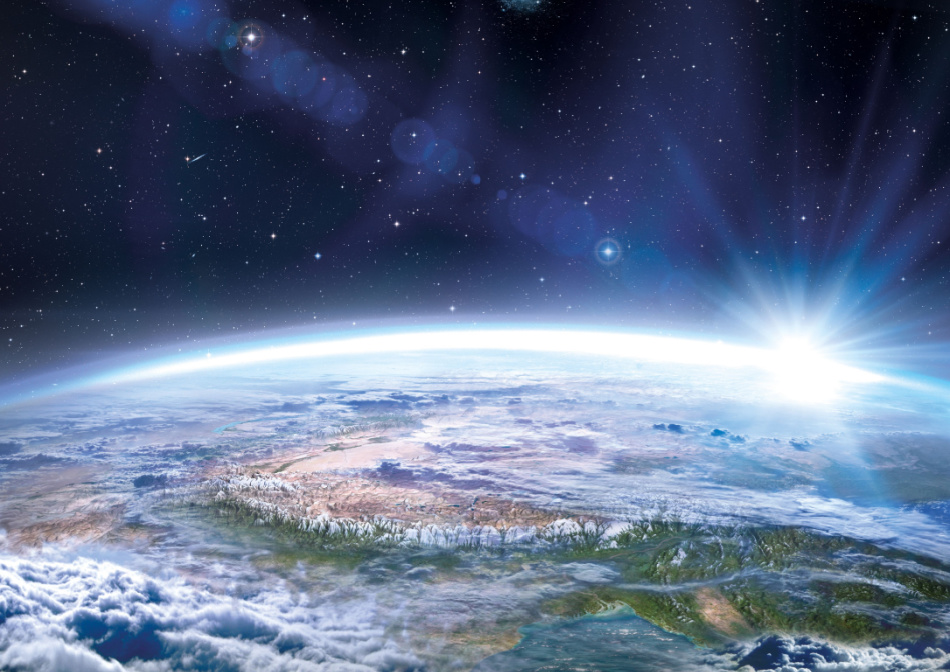A United Nations assessment indicates that the ozone layer may recover within a few decades with the help of human intervention.
According to the BBC, the analysis reveals that the 1987 multinational agreement to prohibit the use of dangerous chemicals that deplete the ozone layer was a success.
The Montreal Protocol of 1987 achieves the desired result
The ozone layer is a thin layer of the Earth’s atmosphere that absorbs the vast majority of the Sun’s ultraviolet energy. It began to erode in the 1970s, according to scientists.
Experts quickly discovered that chlorofluorocarbons (CFCs), which were present in spray cans, refrigerators, and air conditioners, were destroying the ozone layer. A huge hole in the layer was detected over the Antarctic in 1985, prompting 46 countries to join the Montreal Protocol in 1987.
As a result of depletion, radiation has the ability to harm humans on Earth’s surface by raising the risk of skin cancer and other issues.
Despite the Montreal Protocol’s ratification in 1987, the Antarctic ozone hole continued to grow until 2000. However, scientists found that it was gradually disappearing after that point. The new UN assessment demonstrates that the Montreal Protocol is having the desired effect, which is that the ozone hole will be fully recovered in a few decades.
International cooperation can help change the tide of environmental issues
The report forecasts that the ozone layer will be entirely repaired in the most afflicted area of Antarctica by 2066. The Arctic is anticipated to recover from depletion by 2045. Anywhere else affected is likely to recover completely in only two decades.
All of this, of course, is contingent on the Montreal Protocol’s policies being followed.
The analysis also implies that the Montreal Protocol’s measures have had a positive impact on climate change, as the chemicals phased out are also greenhouse gases. According to the analysis, the phase-out of the chemicals will have saved up to one degree Celsius of warming by the middle of the century, compared to a hypothetical three percent increase in their use.
It emphasizes that the ozone layer’s full recovery is not guaranteed, and that prospective proposals to spray sulfur dioxide into the atmosphere to re-freeze the poles could have an adverse effect.
Moreover, the ozone layer and climate change are two distinct issues that must be addressed in any comprehensive environmental plan.
Nonetheless, the research serves as a timely reminder that international cooperation can have a good impact on the environment and the world. The UN described this as “an inspirational example of how the world can come together to address global challenges.” in a tweet.












